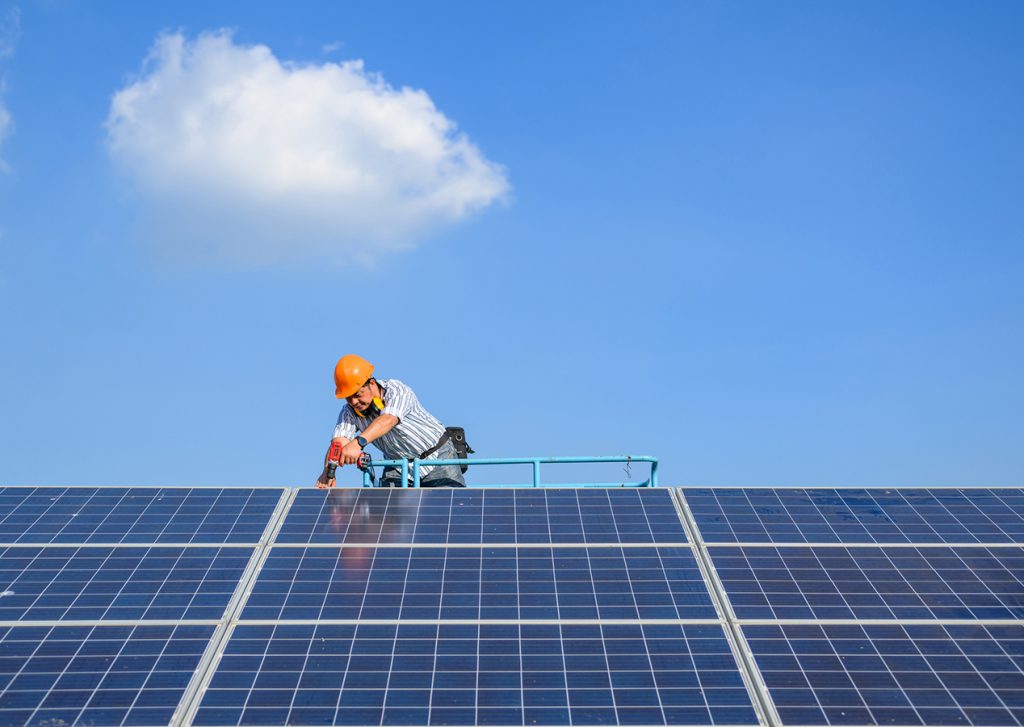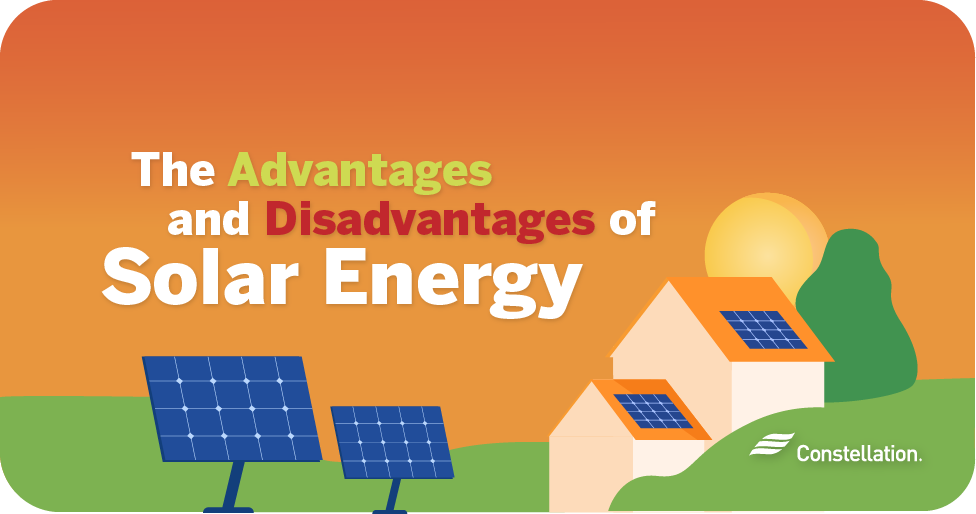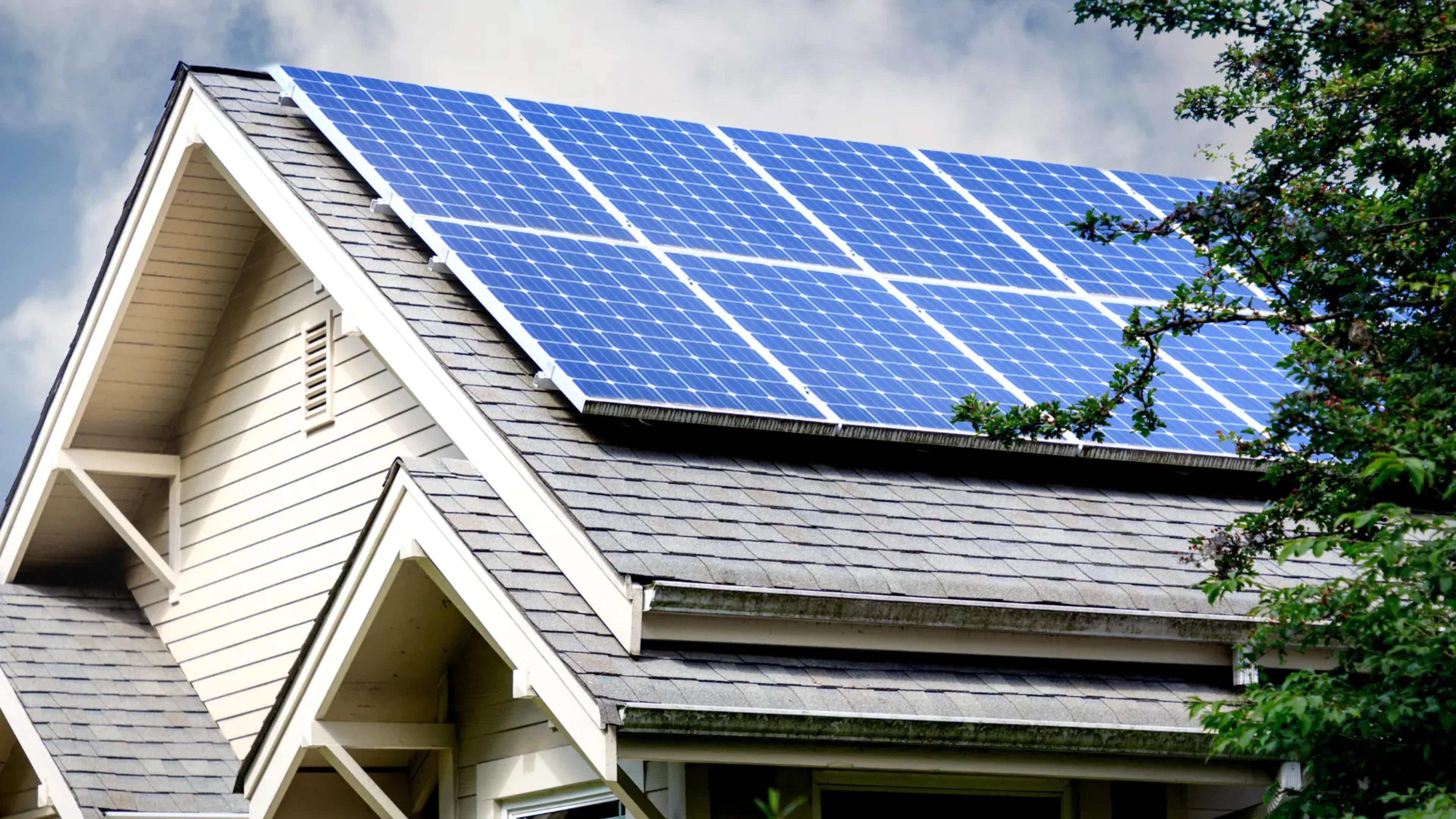Eco-Friendly Solar Power with Simply Solar Illinois – Go Green Today
Eco-Friendly Solar Power with Simply Solar Illinois – Go Green Today
Blog Article
Solar Energy 101: A Newbie's Guide to Sustainable Power Solutions
As the globe progressively changes towards sustainable energy solutions, comprehending the fundamentals of solar power comes to be essential for both people and services. This guide provides a comprehensive overview of solar power, describing the different systems offered and the mechanisms behind their procedure. By checking out the benefits of solar innovation, alongside the monetary incentives and setup processes, one can get a clearer point of view on just how to efficiently incorporate this renewable energy into their power strategy. The trip towards embracing solar energy invites more examination of the obstacles and considerations that come with it.
Comprehending Solar Power
At its core, recognizing solar power involves understanding the essential concepts of exactly how sunshine can be transformed right into functional power. Solar power is stemmed from the sun's radiation, which can be taken advantage of via numerous modern technologies. The key device for this conversion is the solar impact. This sensation takes place when sunshine strikes semiconductor materials, normally silicon-based, within solar batteries. The power from the sunshine thrills electrons in the semiconductor, enabling them to stream freely and generate direct existing (DC) power.

Understanding solar power also includes acknowledging its ecological benefits. By making use of sunshine, we can minimize greenhouse gas exhausts and lower air pollution, adding to a much more sustainable future. The developments in modern technology and performance of planetary systems proceed to improve their feasibility, making solar power a progressively appealing option for global power requirements.
Sorts Of Solar Power Equipments
Different kinds of solar energy systems are frequently employed to harness solar power for electrical energy generation. The main categories consist of photovoltaic (PV) systems, focusing solar power (CSP) systems, and solar thermal systems.
Photovoltaic or pv systems use photovoltaic panels composed of silicon cells that convert sunshine straight into electricity. These systems are flexible and can be installed on roofs, ground mounts, or incorporated into building products.
Concentrating Solar energy systems, on the other hand, utilize mirrors or lenses to focus sunlight onto a tiny area, producing warmth that drives a heavy steam generator to create electricity - Simply Solar Illinois. CSP systems are commonly deployed in massive power plants and need direct sunlight, making them much less suitable for gloomy areas

Each sort of solar power system has its one-of-a-kind features, applications, and suitability relying on geographic location, power requirements, and budget, making it necessary to examine options based upon particular circumstances. - Simply Solar Illinois

Benefits of Solar Energy
Utilizing solar power with different systems not only offers a sustainable method to produce power but likewise provides a wide range of benefits. One of one of the most significant advantages is the decrease in greenhouse gas emissions, adding to a cleaner atmosphere and combating environment modification. Solar power is renewable, implying it is inexhaustible and available as long as the sunlight radiates, unlike fossil fuels, which are finite and diminishing.
Additionally, solar energy can lead to significant expense savings over time. Home owners and services can decrease their electrical power helpful site bills dramatically, and oftentimes, they may gain credit ratings for excess power created via web metering. Additionally, the solar sector produces jobs, from producing to installation, boosting local economic situations.
One more engaging benefit is power independence. By creating their own electrical energy, individuals and neighborhoods can reduce reliance on exterior energy resources, enhancing durability versus varying power prices and supply disturbances. Solar power systems require minimal upkeep, making them a hassle-free option for sustainable power generation.
Installation Process Introduction
The installment process for solar energy systems commonly involves a number of crucial actions that ensure efficient integration into a residential or commercial property. Originally, a comprehensive site assessment is carried out to review the roof's positioning, shading, and architectural honesty, which are essential to optimizing solar panel efficiency. Following this assessment, the design phase commences, where a tailored solar power system is configured based on the homeowner's power requirements and choices.
As soon as the design is finalized, the required permits and authorizations are acquired from regional authorities, making sure compliance with policies. The actual installation involves installing the solar panels on the roofing system or ground, linking them to an inverter, More Help and integrating the system with the home's electrical setup. This stage might likewise involve mounting battery storage space systems, depending upon the design.
With the setup full, the solar energy system can begin creating renewable power, contributing to sustainability and lowering energy costs. This organized method makes certain that solar systems are both effective and dependable, optimizing their long-term advantages.
Financial Incentives and Financial Savings
Checking out the monetary rewards and cost savings linked with solar power systems can dramatically boost the allure of making the switch to renewable power. One of the most notable incentives is the federal solar tax obligation credit history, which enables home owners to subtract a portion of their solar system setup expenses from their federal taxes.
Along with tax obligation credit histories, numerous states provide rebates that can further lower ahead of time expenditures. Some utility companies also give performance-based motivations, satisfying solar power production over time. Funding choices, such as solar finances and leases, enable consumers to mount systems with little to no deposit, making solar energy more accessible.

In addition, solar systems can increase residential great site or commercial property values, offering a solid return on investment. Overall, the combination of rewards and cost savings makes solar energy an economically attractive choice for many households.
Conclusion
In conclusion, solar power stands for an important part of sustainable power services, providing a path toward minimized carbon footprints and enhanced ecological protection. Ultimately, the transition to solar energy not just fosters environmental obligation however also advertises economic financial savings and energy freedom.
Report this page